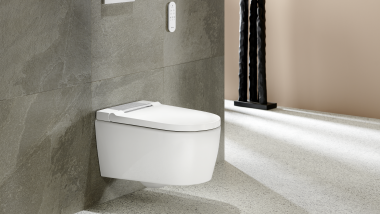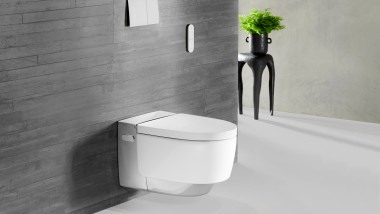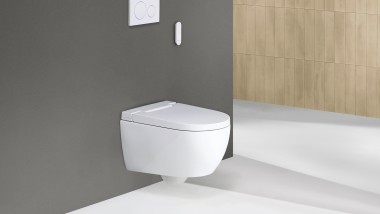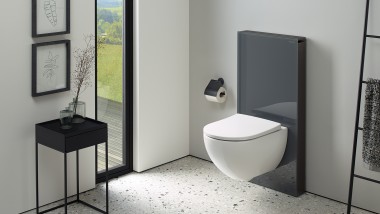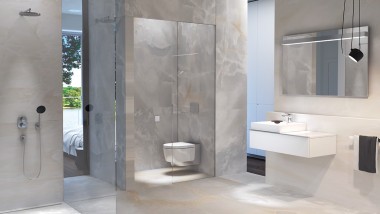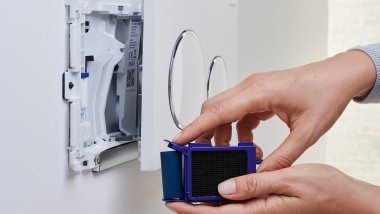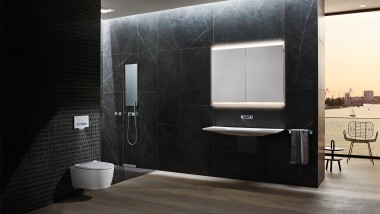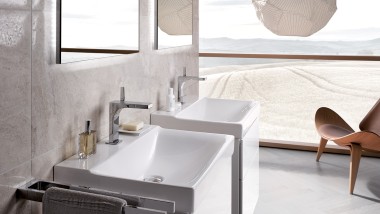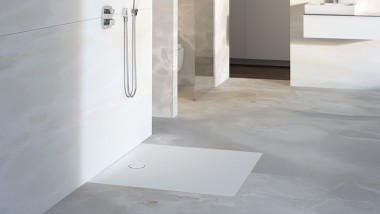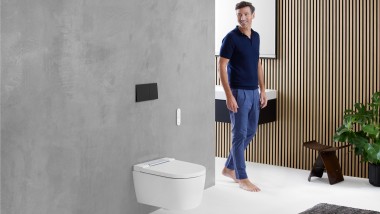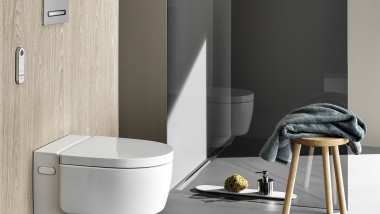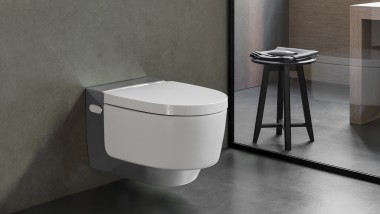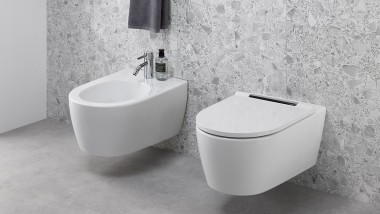Three questions on personal hygiene
It is a natural phenomenon that people simply have to go to the toilet. And part of that process involves personal hygiene and the cleansing of intimate areas. There are lots of ways to cleanse these areas. And they all have the same purpose: to increase personal comfort. Everyone wants to feel clean and fresh when they leave the bathroom.
In most European households, dry or wet toilet paper is used to cleanse intimate areas. But are we as clean as we would like to be with toilet paper and a wet wipe? The following article contains answers to questions you probably don’t want to ask in public.
Are you really clean with toilet paper alone?
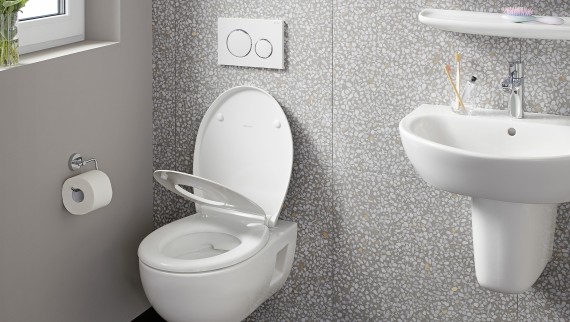
You’ll find toilet paper in lots of bathrooms. Doubts about its usefulness or hygiene rarely arise. Quite the opposite, in fact: most people find toilet paper quite sufficient when it comes to personal hygiene. They feel clean and fresh after going to the toilet. Dermatologists, however, question just how clean your intimate area is after being wiped with toilet paper. Most of what needs to be removed is removed. But dry toilet paper cannot hope to remove everything. If this “residue” remains on your skin for any length of time, it can damage it.
What is important for hygiene with paper is that you always wipe from front to back and then use new paper. This helps you to avoid getting intestinal bacteria in the urethra or vagina, which could lead to infections. Furthermore, it is actually better to dab yourself with toilet paper and not rub, as rubbing can lead to skin irritations.
How hygienic and gentle are wet wipes for cleansing?
In adverts, wet wipes are marketed as a practical hygiene product. The wipes are soaked in liquid and smell like soap; they give you that feeling of freshness that you are looking for when cleansing. They are also popular in baby care. In comparison to dry toilet paper, wet wipes can remove residue more gently and thoroughly. And you suffer fewer skin irritations from rubbing when wiping yourself clean. Nevertheless there are problems associated with using wet wipes. Because they contain alcohol, water preservatives and fragrances, they can cause skin irritations and even allergies. These substances also disturb the skin’s natural pH value, which destroys the natural protection and promotes the proliferation of bacteria and fungi.
What's the best way to wash my intimate area?
Our tip on how to cleanse is: use water. Washing every day with lukewarm water is healthy and natural. You can do this, for example, using a bidet. In Latin American, Arabic and southern European bathrooms, the bidet – a kind of low seat washbasin – for cleansing is very common. Usually the bidet is placed next to the toilet and is used by both men and women for comfortable, convenient washing. A second hygienic variant for cleaning, is the shower toilet. At the touch of a button, the concealed spray arm extends and cleans the intimate area with pleasantly warm water. This type of personal hygiene is not only convenient and efficient, but also gentle on the skin. Furthermore, a shower toilet guarantees a palpable feeling of freshness after using the toilet.
